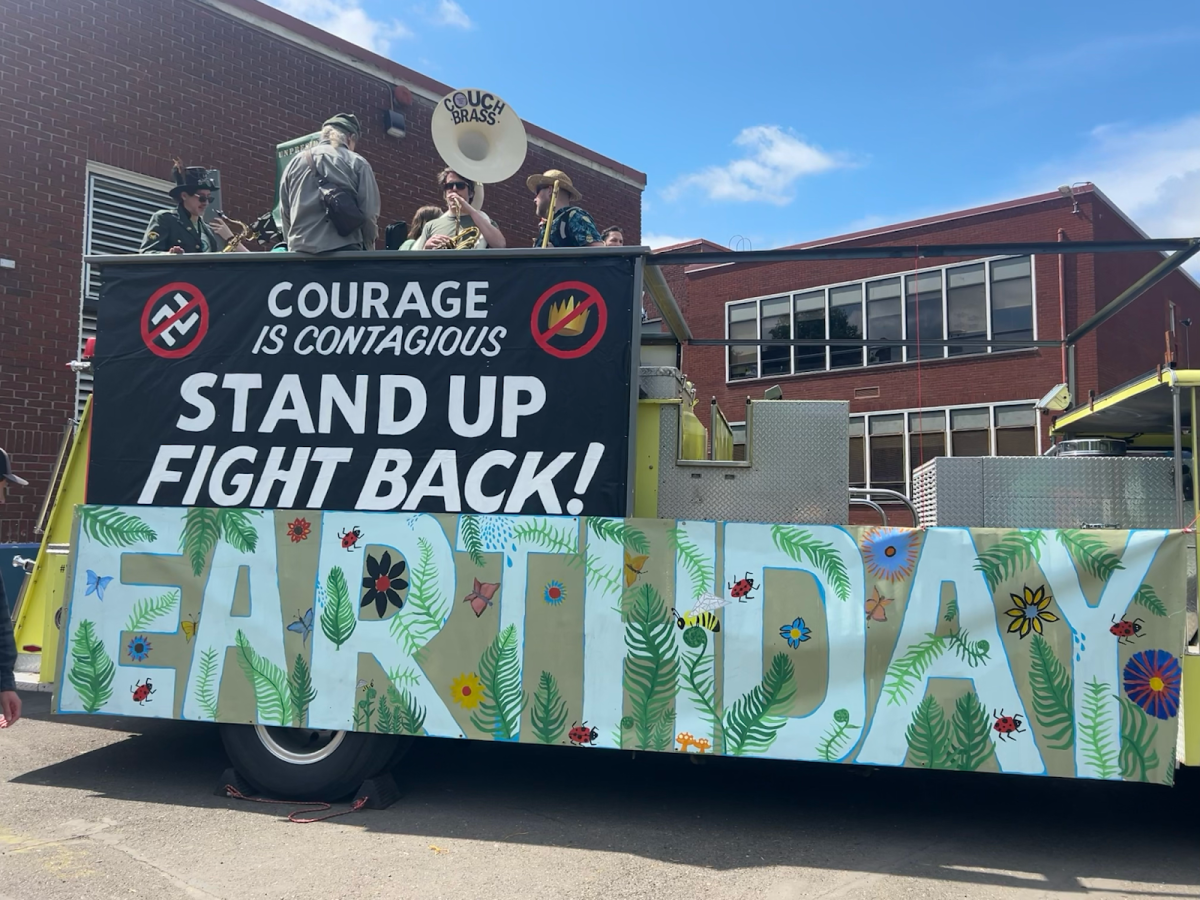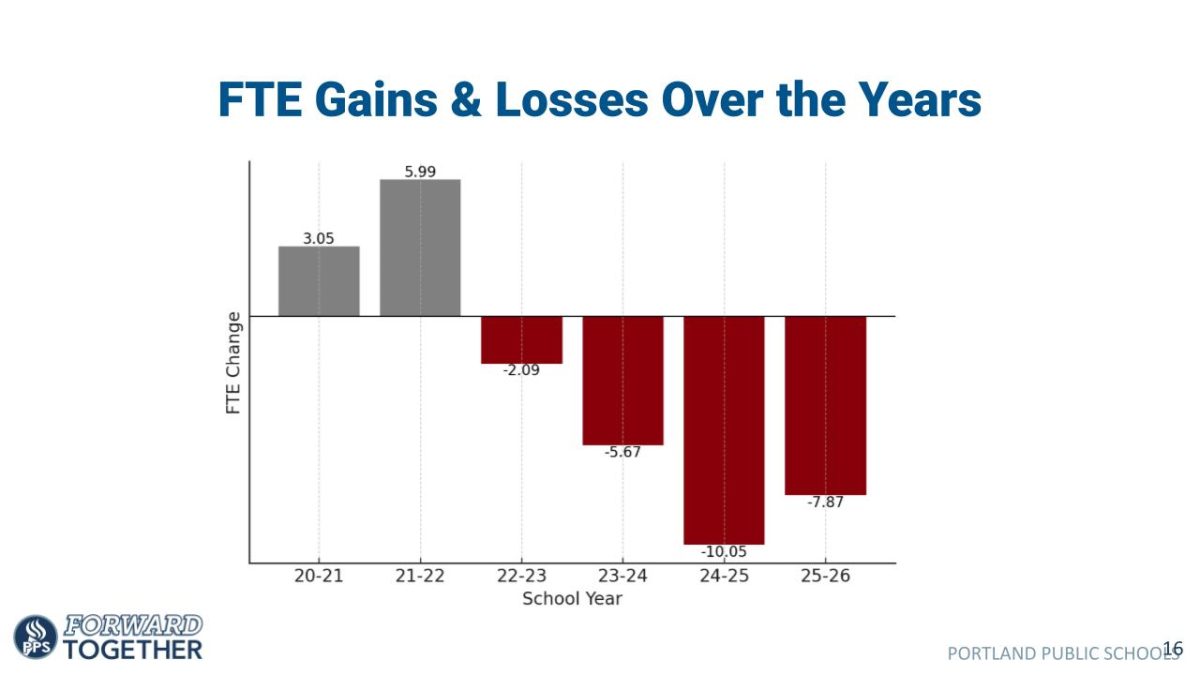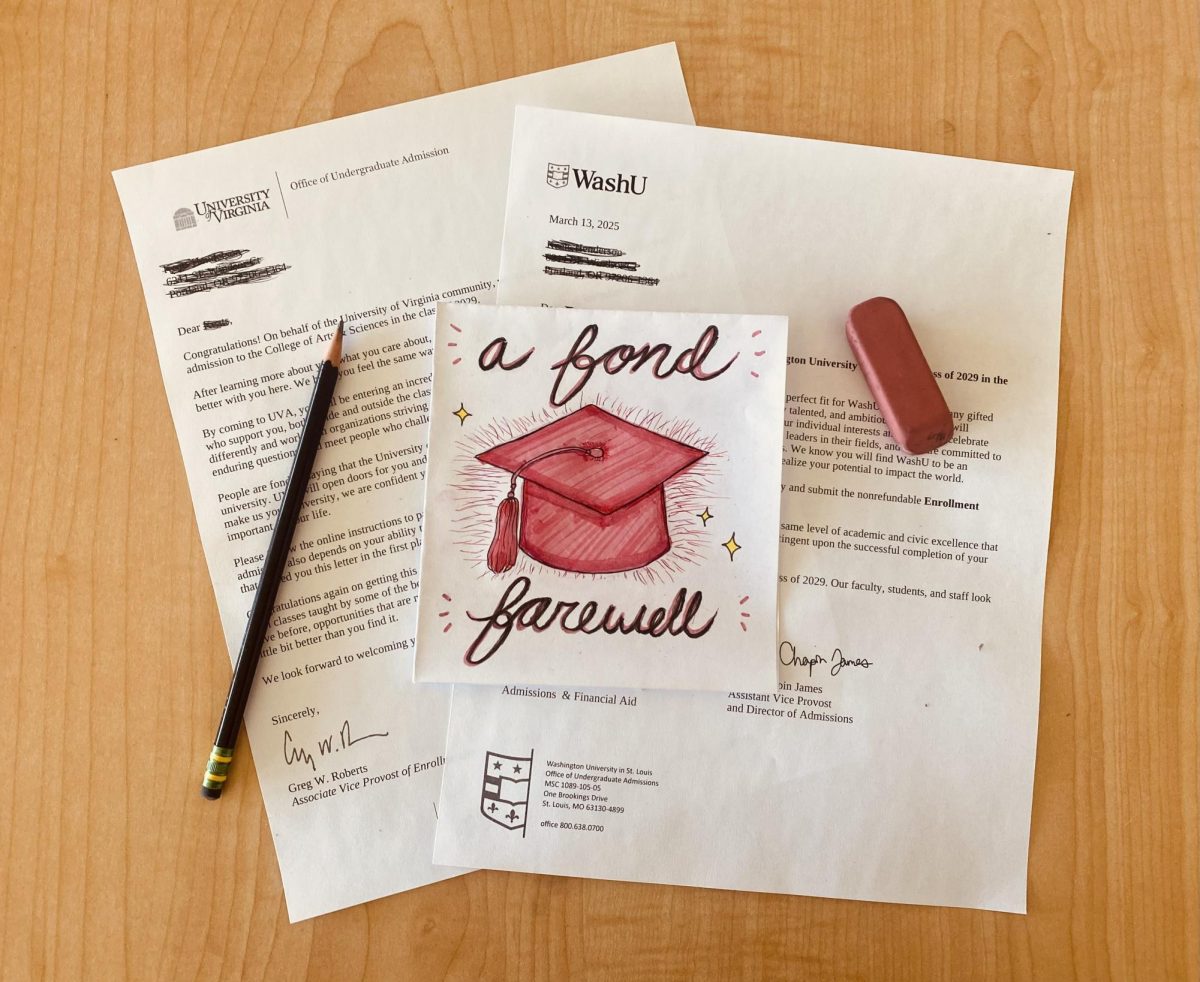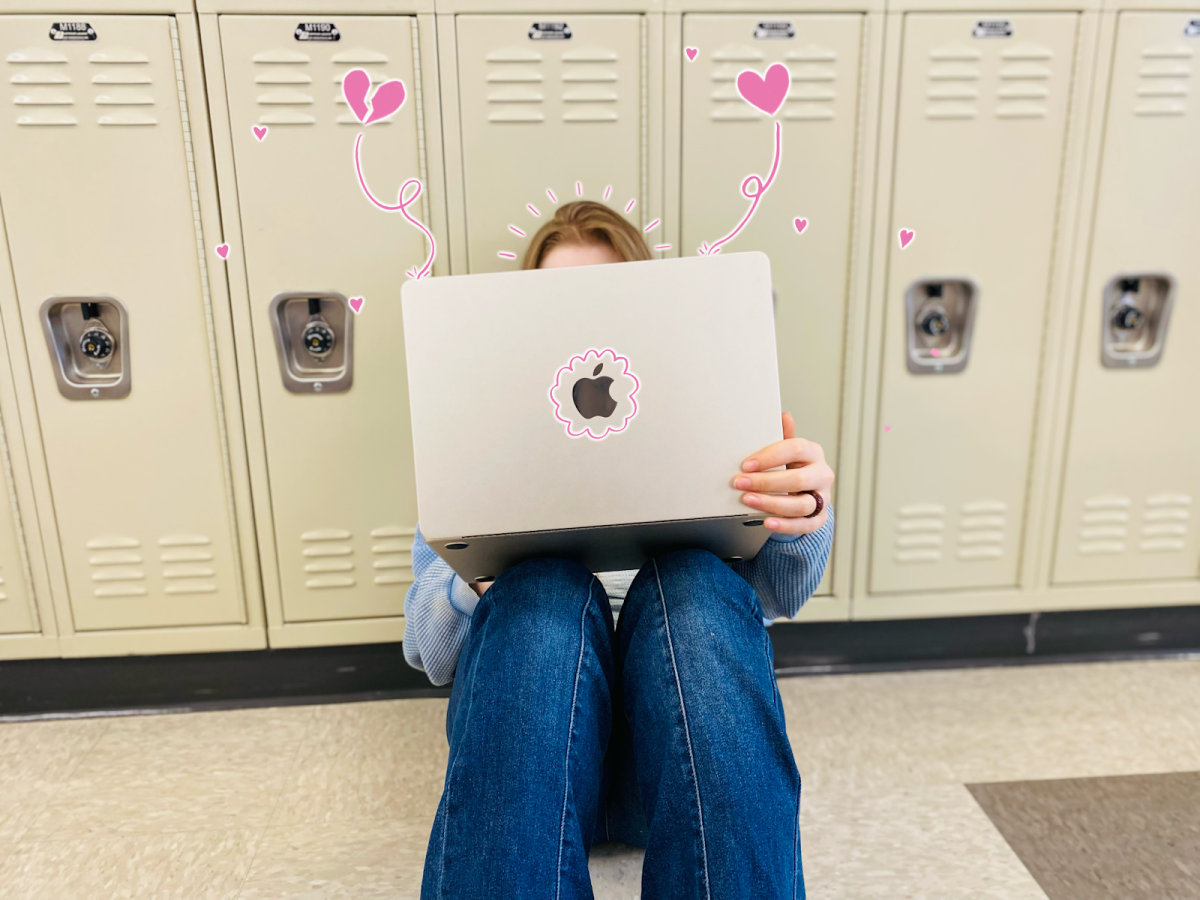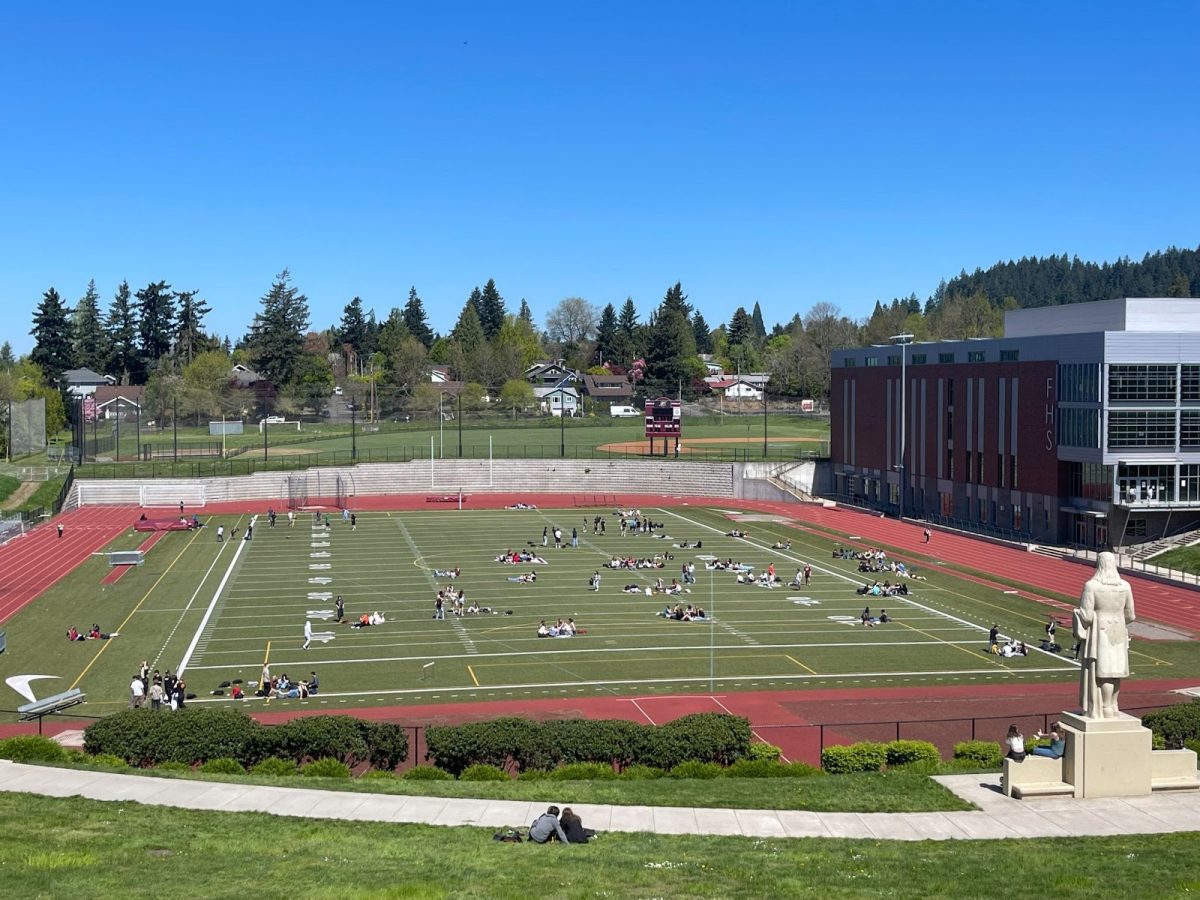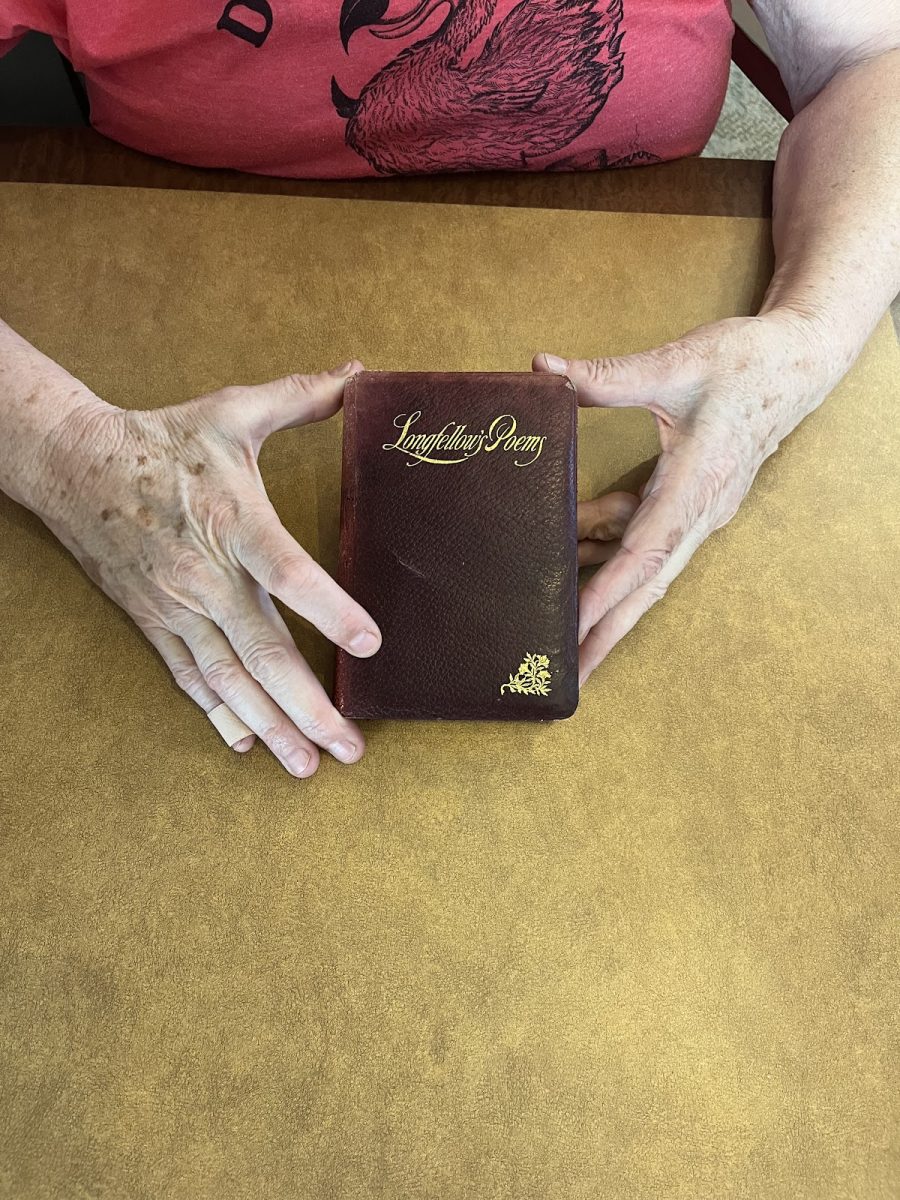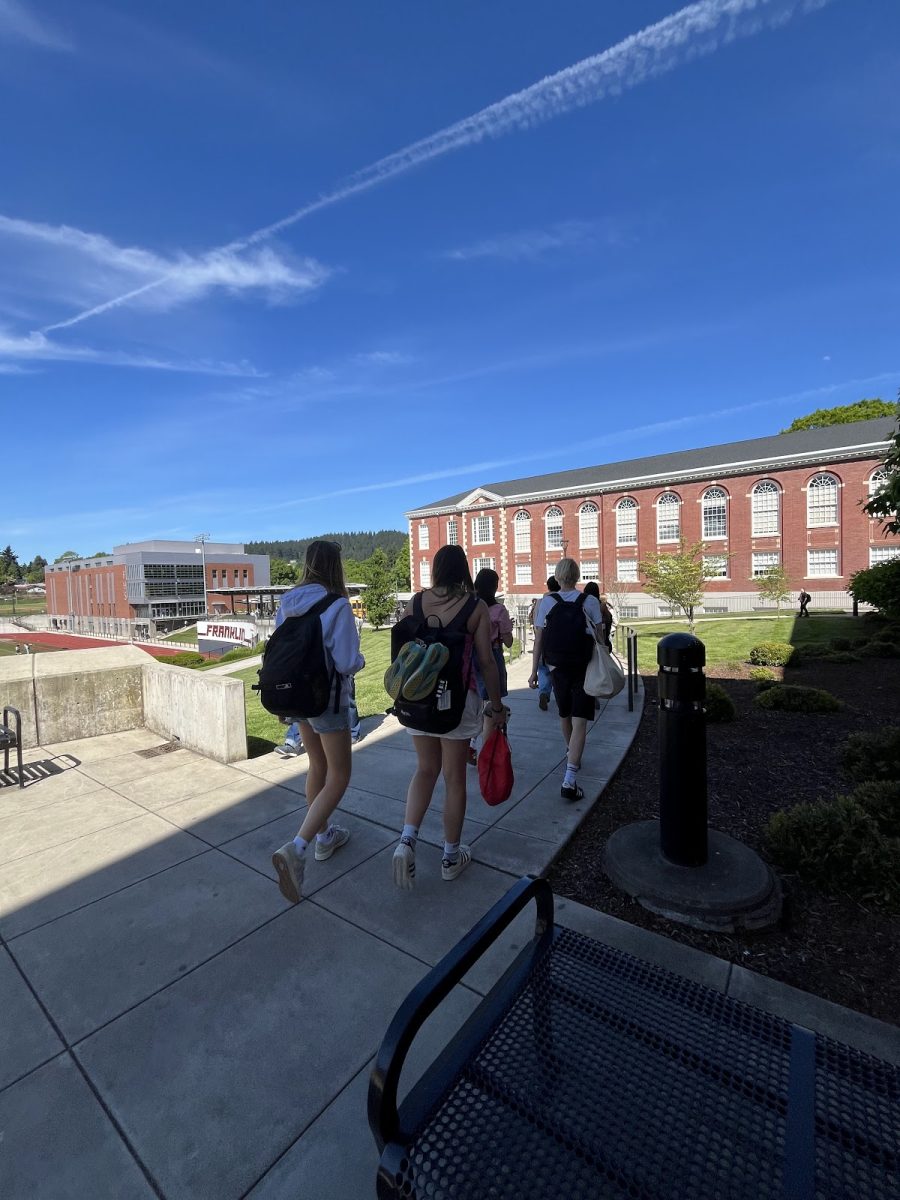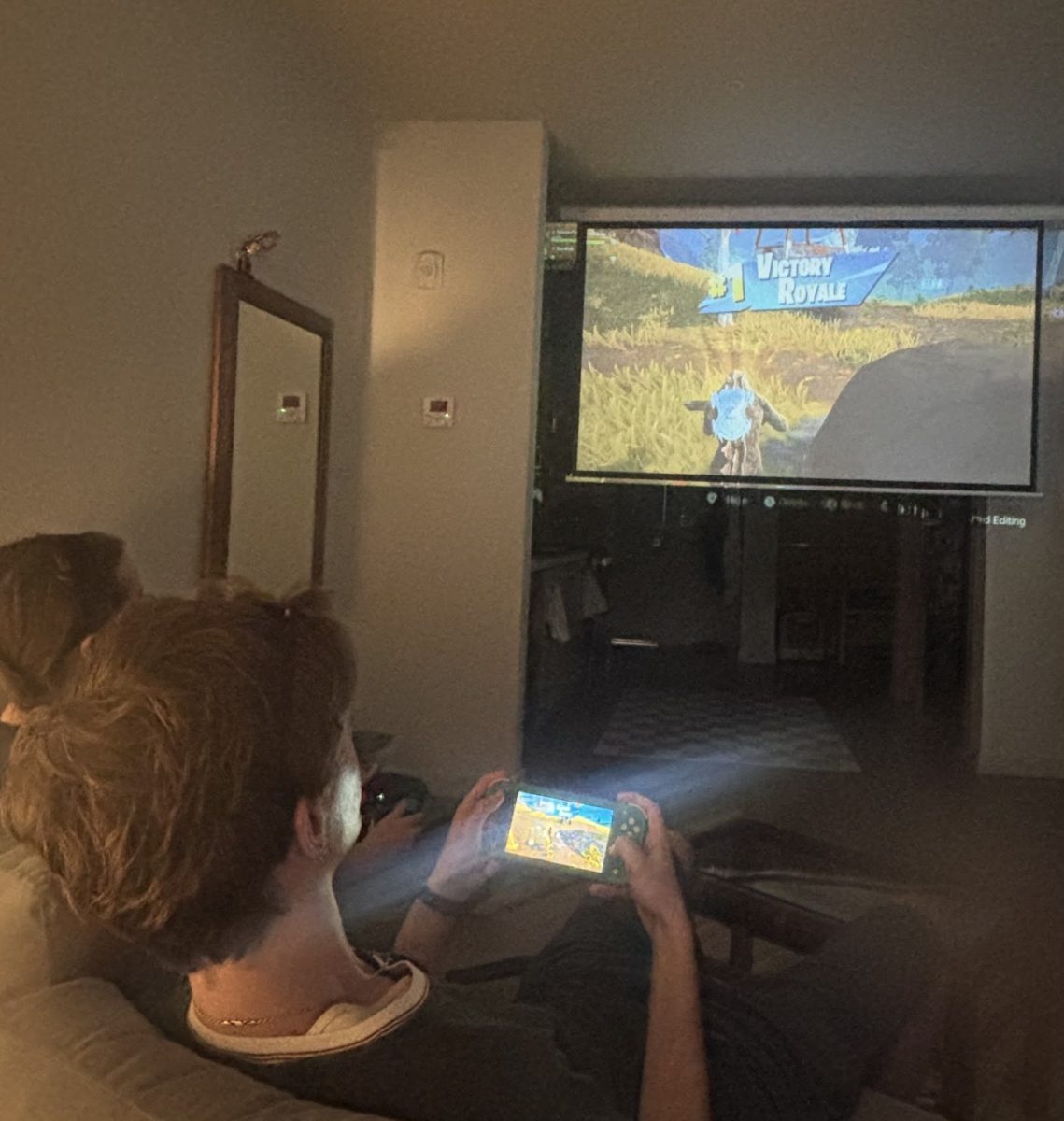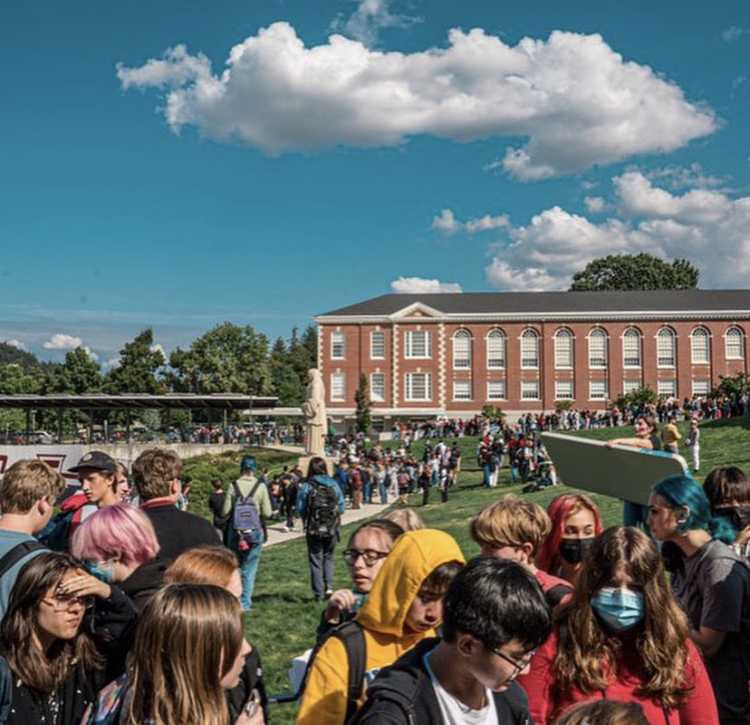“Go look around and see who you’re with most of the time. Is it all White people?” asks Leatile Kelly, senior at Franklin and student leader for the school’s Black Student Union (BSU). For White people, this might be a question they do not consider much. But for some Black, Indigenous, and People of Color (BIPOC), the reality of being surrounded by Whiteness can be painfully obvious.
In Oregon, a state that began as a “Whites only state” that had racist language in its state constitution until 2002, it can be hard for BIPOC citizens to find racially diverse spaces. Franklin is relatively diverse with 52% of the school identifying as White only, according to a demographics report for the school year. But some community members find their solace in smaller, more specific groups. These affinity spaces, which are groups of individuals that share similar identities, can be beneficial groups for people who share experiences to connect. Kelly describes her experience being tokenized, or used for her racial identity, in groups with White people.
“That’s why I want affinity spaces. So I don’t have to be the only person who’s passionate about racial topics,” Kelly explains. “[In BSU] we align passionately, we’re all there, we’re all ready to speak up. We’re all ready to defend each other. And I don’t feel so much pressure to speak or to be vocal or to console people when racially motivated incidents happen. So it’s nice to have that sort of support there.” In BSU, Kelly says, there are also many Black staff members serving as role models and support for Black students.
Racial affinity groups can sometimes make White people upset or uncomfortable, and it bears the question: who gets an affinity group? In theory, White individuals could form an affinity group if they wanted. But in the Portland-Hillsboro-Vancouver metropolitan area, where the population is 72.4% White, according to the Washington Post, there’s not much need for White affinity. For BIPOC individuals, in Portland especially, affinity groups can be the only time there is not a White person present. Additionally, the idea of a White affinity group bears resemblance to The Proud Boys and other White nationalist groups. Kelly explains that affinity groups for BIPOC students are so important because “the majority of the people around [White individuals] understand [White] issues because they’re also White, but for Black and brown students there’s just not that same outlet [in everyday life].”
But there are not only racial affinity groups. Jewish Student Union (JSU) is a group for those who identify as Jewish. Sexuality and Gender Alliance (SAGA), is a space for LGBTQ+ individuals and allies. These are a few examples of non-racial affinity groups, but in general, affinity spaces are based on one’s identity, rather than interests.
Owen Pollack, senior at Franklin and one of the Club Officers for the JSU, compares his experience in affinity space versus in the general school community, saying, “[Being in an affinity space] definitely feels different than being in school.” He continues, “at least with Judaism, you don’t really see it celebrated a lot. You don’t see it talked about much outside of anti-Semitism and bad things. So JSU has been a place for me where Judaism is more celebrated.” On the importance of being in an affinity space with Jewish peers, Pollack says that, “when I’m in Jewish spaces, I immediately feel that sense of connection with those around me, even if I’ve never met them. [Affinity spaces] really help create those ties.”
While experiences with affinity groups vary and aren’t positive for everyone, the idea, in its essence, is a good one. For students in marginalized groups, it’s a place for connecting with peers who understand your struggles and can stand up for and with you.
A few people I spoke with talked about the negative experiences they had in affinity groups. A common story I heard was that these individuals had entered the group hoping to find connection, but instead felt even more isolated. Avani Stevens-Rose, a senior at Franklin, joined the Gay-Straight Alliance in her middle school, and summed up the experience by saying she “still felt out of place.”
Still, the presence of affinity groups is an important aspect in many workplaces, schools, and communities. Legislature has groups called Congressional Caucuses that are affinity spaces and interest-spaces for state representatives and any staff in the building. The most well-known caucuses are party-related, such as the Republican or Democratic caucus, but there are also BIPOC caucuses, gender caucuses, ability caucuses, and non-identity-based caucuses related to certain interests like the outdoors or animals. Most caucuses focus on using their legislative power to encourage action towards certain causes. Although most of these caucuses are not affinity spaces, some do act as such for the members.
As a student who has had both positive and negative experiences in affinity spaces, the issues with them are not simply because they are affinity spaces, but rather because they are not managed or created with a holistic approach in mind. Franklin, and other communities like it, should attempt to bring affinity spaces into frequent practice. With good intentions in mind, and good methods in practice, they can be extremely beneficial and important for building connections in communities and fostering a place of growth.


